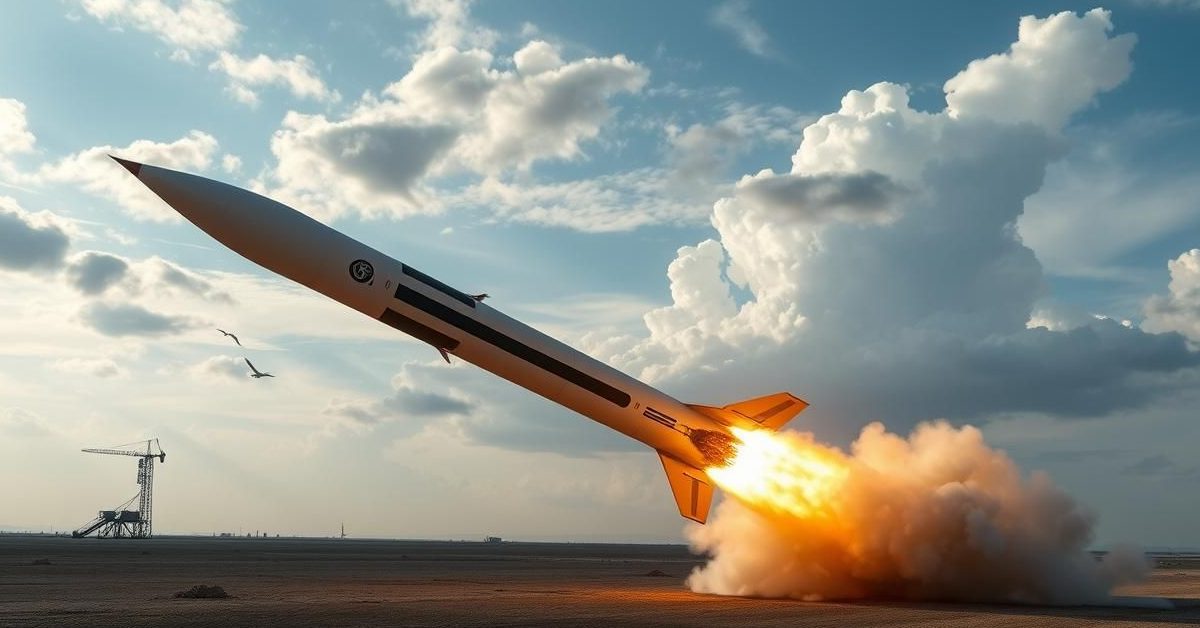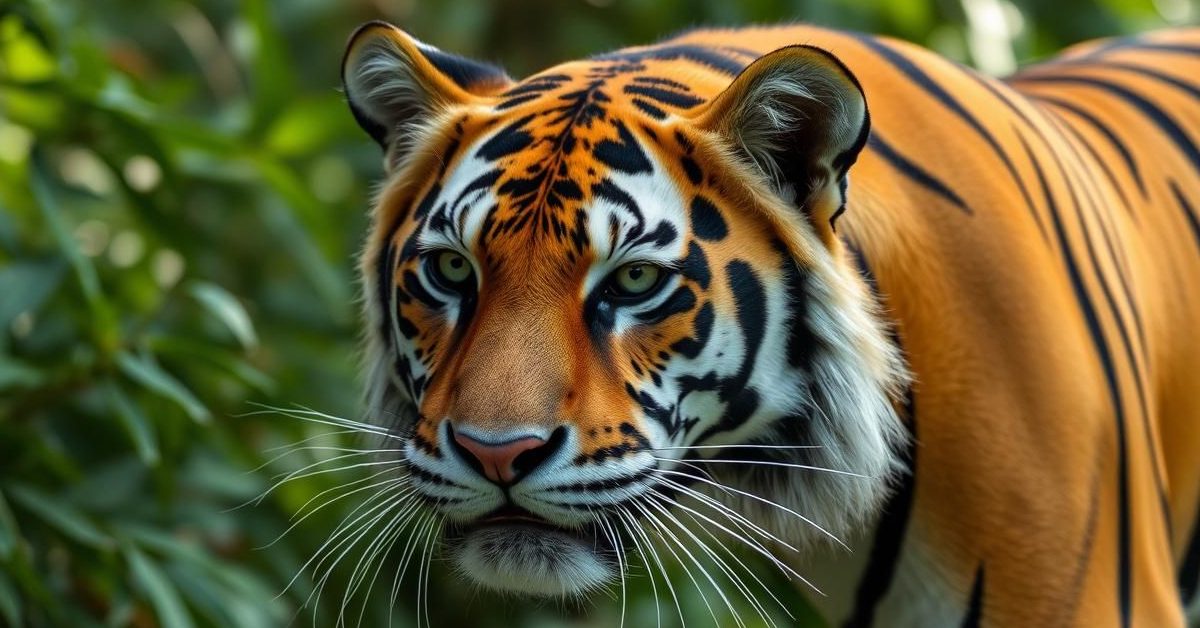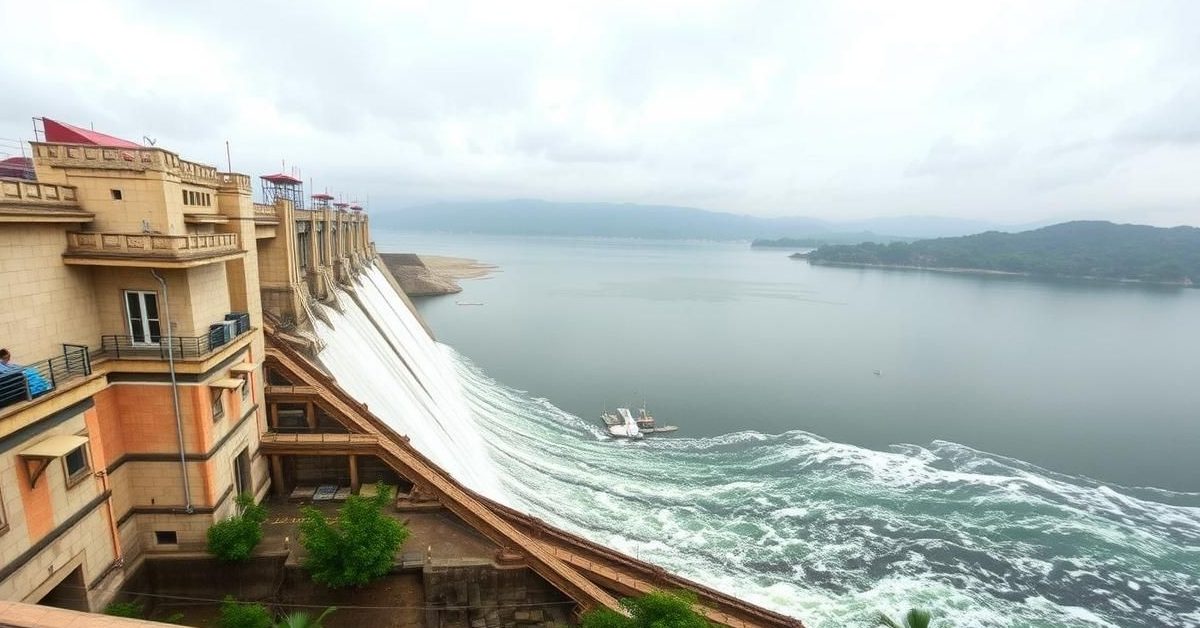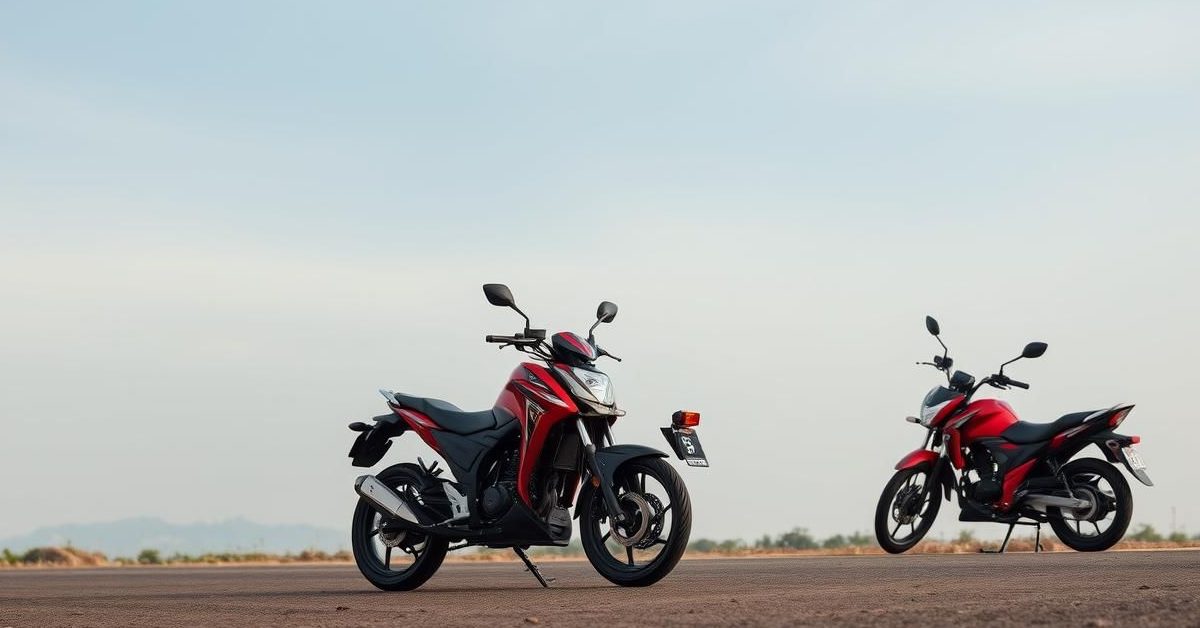Discover the latest in India’s scientific and technological advancements, from indigenous missile development to cutting-edge satellite technology, alongside insights into environmental health and fundamental cosmic phenomena.
India’s Defense Prowess: The Pralay Missile
India’s Defence Research and Development Organisation (DRDO) has achieved significant milestones with the Pralay missile. This is an indigenously developed, solid-propellant quasi-ballistic missile designed for high precision.
The Pralay missile is versatile, capable of carrying various types of warheads to strike different targets. Its first successful test was conducted in December 2021, and it is slated for induction into the Indian Army’s artillery, enhancing the nation’s defense capabilities.
Peering Through Clouds: NISAR’s Advanced Radars
The NASA-ISRO Synthetic Aperture Radar (NISAR) mission is set to revolutionize Earth observation with its unique dual SAR system. It features both L-band and S-band radars, which can penetrate clouds, smoke, rain, and fog, providing an unobstructed view of Earth day and night.
The L-band SAR uses longer microwaves, making it ideal for seeing through dense vegetation, sand, or ice, and mapping ground details or estimating carbon stock from tree biomass. In contrast, the S-band SAR, with its shorter wavelength, focuses on larger features like crop fields and water bodies, offering insights into agricultural stages.
Understanding Air Pollution’s Impact
Recent studies highlight the critical link between long-term exposure to air pollution and an increased risk of dementia. Three common air pollutants are particularly concerning: PM2.5, Nitrogen dioxide (NO2), and Soot (Black Carbon).
PM2.5, fine particulate matter from vehicle emissions and thermal power plants, significantly raises dementia risk. Nitrogen dioxide, mainly from burning fossil fuels in vehicles and industries, also contributes to this risk. Soot, or Black Carbon, originating from vehicle exhaust and wood burning, further elevates the chances of developing dementia.
Decoding Earthquakes: Hypocenter Explained
When an earthquake strikes, it originates from a specific point beneath the Earth’s surface known as the hypocenter. This is where the initial slip between tectonic plates occurs, releasing seismic energy.
Directly above the hypocenter on the Earth’s surface is the epicenter, which is the point where the earthquake’s effects are typically most intense. Understanding these terms is crucial for comprehending seismic events and their impacts.
Connecting Beyond Borders: The World of Ham Radio
Amateur radio, commonly known as ham radio, is a licensed communication service used for educational, informational, and emergency purposes. It allows licensed operators to communicate using specific frequencies, transceivers, and antennas.
In India, individuals aged 12 and above can obtain a ham radio license from the Ministry of Electronics and Information Technology. Ham radio has even extended into space, with facilities like the Amateur Radio on the International Space Station (ARISS) connecting astronauts with students worldwide to inspire the next generation.
India’s Space Journey: A Look at ISRO
The Indian Space Research Organisation (ISRO) is India’s premier space agency, established in 1969 as the successor to INCOSPAR (Indian National Committee for Space Research). It operates under the Department of Space (DoS), which was formed in 1972.
ISRO’s core mission involves designing and developing launch vehicles like PSLV and GSLV, creating satellites, and applying advanced space technology for national development and societal benefit.
Unraveling the Early Universe: Population III Stars and Reionization
The universe’s first stars, known as Population III stars, were vastly different from those we observe today. Composed purely of hydrogen and helium, they were incredibly massive, short-lived, and intensely bright.
Their explosive deaths as supernovae seeded the early universe with heavier elements, crucial for the formation of subsequent stars and planets. The energetic ultraviolet light from these first stars also caused “reionization,” splitting neutral hydrogen atoms into electrons and protons, a process that is still being precisely dated by scientists.
- Pralay is India’s indigenous quasi-ballistic missile, successfully tested in 2021.
- NISAR employs both L-band and S-band Synthetic Aperture Radars for comprehensive, all-weather Earth observation.
- Long-term exposure to common air pollutants like PM2.5, Nitrogen dioxide, and Soot increases the risk of dementia.
These developments highlight the continuous push in science and technology, from national security to understanding our planet and the cosmos itself.















